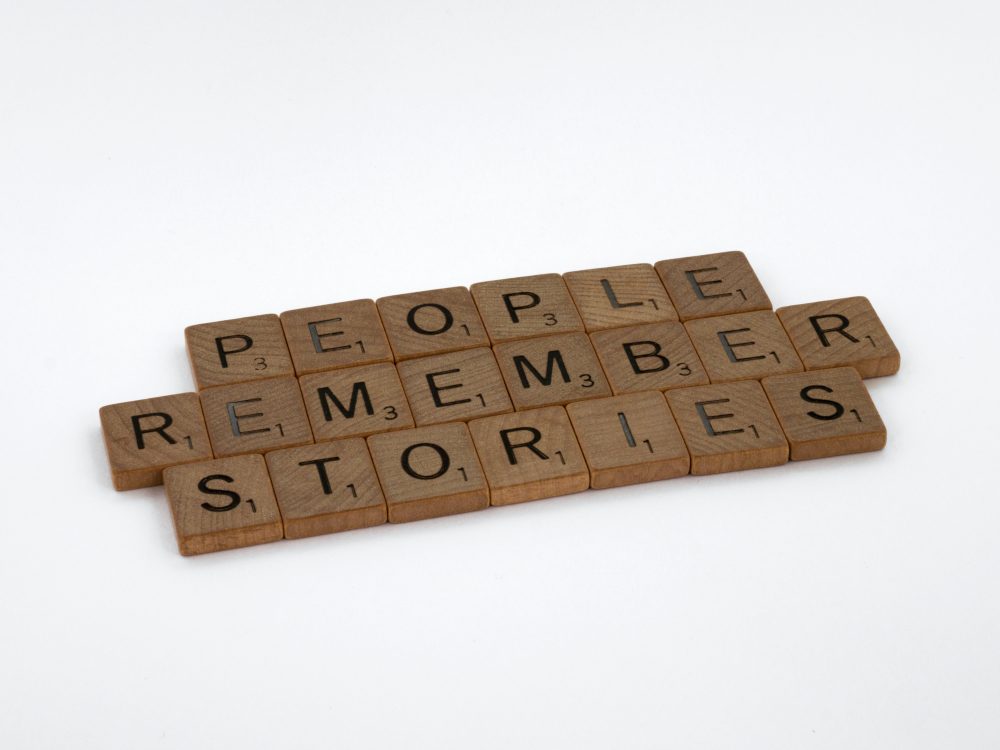Living and learning inside the story: How storytelling can shape curriculum design
Written by: Alex Beauchamp

7 min read
Alex Beauchamp, Assistant Headteacher and Lead Practitioner, Hunter’s Bar Junior School, UK; CPD Expert Adviser, Teacher Development Trust, UK
Stories provide a powerful tool for creating meaning in our lives and contexts and, consequently, organising information in our long-term memories. The reason why stories are so effective is that we are predisposed to being ‘swept away’ by how they are told and the sentiment behind them (Green and Brock, 2002, p. 714). But why is this the case? What can psychology reveal about why stories have such powerful advantages?
The cognitive advantages of stories
In their paper ‘Knowledge and memory: The real story’ (1995), Schank and Abelson claim that people are wired to be sensitive to information received in a narrative format, and argue that stories about personal experience are the key components of human memory and knowledge. Stories are easy to understand, easy to remember and are of interest to the audience – their predictable, ca
Join us or sign in now to view the rest of this page
You're viewing this site as a guest, which only allows you to view a limited amount of content.
To view this page and get access to all our resources, join the Chartered College of Teaching (it's free for trainee teachers and half price for ECTs) or log in if you're already a member.
- Caviglioli O (2109) Memory and meaning – researchED event Haninge 2019. YouTube. Available at: www.youtube.com/watch?v=jGnekzsOgvc (accessed 18 November 2021).
- Considine J (2016) The Write Stuff. The Training Space Ltd.
- Green MC and Brock TC (2002) In the mind’s eye: Transportation-imagery model of narrative persuasion. In: Green MC, Strange JJ and Brock TC (eds) Narrative Impact: Social and Cognitive Foundations. Mahwah, NJ: Lawrence Erlbaum, pp. 315–341.
- Green MC and Brock TC (2000) The Role of Transportation in the Persuasiveness of Public Narratives. In: Journal of Personality and Social Psychology 2000, Vol. 79, No. 5, pp. 701-721
- Reagan J, Mitchell L, Kiley D et al. (2016) The emotional arcs of stories are dominated by six basic shapes. EPJ Data Science 5: article 31.
- Robinson M (2013) Trivium 21c: Preparing Young People for the Future with Lessons from the Past. Carmarthen: Independent Thinking Press.
- Sanna F (2016) The Journey. London: Flying Eye Books.
- Schank RC and Abelson RP (1995) Knowledge and memory: The real story. In: Wyer Jr RS (ed) Knowledge and Memory: The Real Story. Mahwah, NJ: Lawrence Erlbaum Associates, pp. 1–85.
- Tharby A (2018) How to Explain Absolutely Anything to Absolutely Anyone: The Art and Science of Teacher Explanation. Carmarthen: Crown House Publishing.
- Willingham D (2010) Why Don’t Students Like School? A Cognitive Scientist Answers Questions About How the Mind Works and What It Means for the Classroom. San Francisco: Jossey Bass.
0
0
votes
Please Rate this content
Subscribe
Please login to comment
0 Comments
Oldest
Newest
Most Voted
Inline Feedbacks
View all comments










